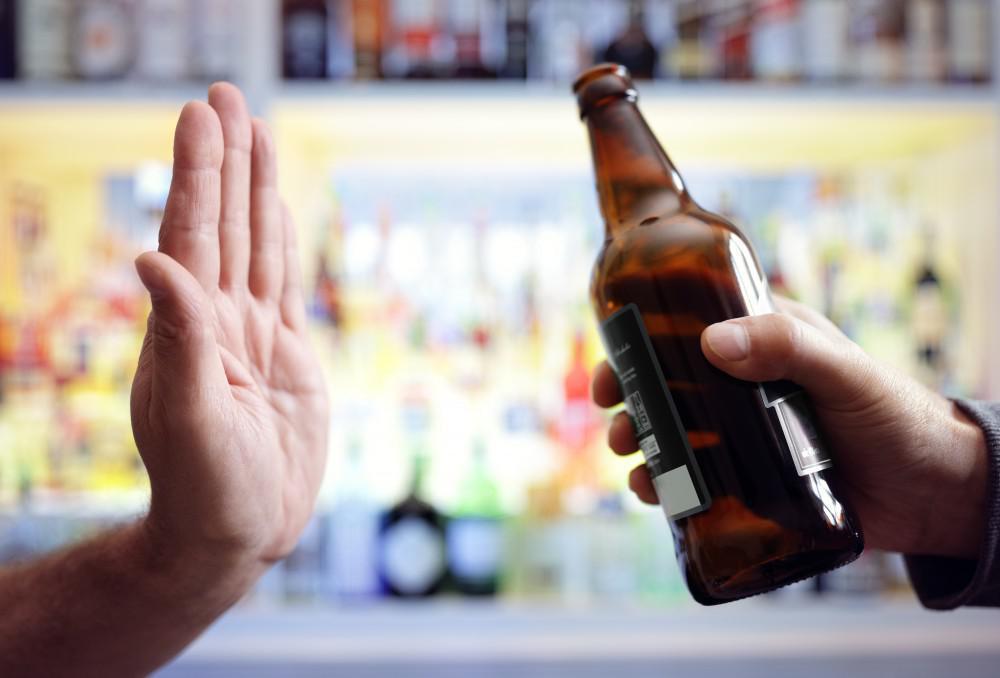
5 Tips for Staying Sober
You’ve done the work to become clean and sober, and you want to do what you can to stay that way. Here are five great tips that will help you safeguard your freedom from a substance use disorder.

When someone decides to get help for substance use, one of the first questions they ask is: What kind of treatment do I need? The truth is, recovery isn’t one-size-fits-all. Understanding your options—especially the differences between outpatient, inpatient, and other levels of care—can help you make an informed decision.
Inpatient treatment involves living at a facility 24/7, usually for 30–90 days. It offers a structured, substance-free environment with around-the-clock care.
IOP is a step up from standard outpatient care, involving more frequent and longer sessions—often 9–15 hours per week.
People who need more structure than outpatient but can’t commit to inpatient care
MAT combines medication (like Suboxone, Methadone, or Naltrexone) with behavioral therapy. It’s used especially for opioid and alcohol use disorders.
Recovery is personal. The best treatment is the one that fits your life, needs, and goals. A good outpatient provider will help you assess:
Whether you’re new to treatment or returning after a relapse, our team is here to walk you through your options—without pressure or judgment.

You’ve done the work to become clean and sober, and you want to do what you can to stay that way. Here are five great tips that will help you safeguard your freedom from a substance use disorder.

The connection between a substance use disorder and a mental health issue is a strong one, as the nearly eight million Americans who have a co-morbidity prove. When this occurs, treating both issues is paramount.

Addiction is a chronic disease that requires constant vigilance and good management. When a person falls short, relapse can occur. If you’re worried that a loved one has relapsed, here are some signs to look out for.

You believe that you’re drinking isn’t normal anymore, and you’re tired of the overwhelmingly negative effects that alcohol is having on your life. The good news is that alcoholism is highly treatable.

The rise in availability of telehealth services has been great news for those who need (or would prefer) to receive quality health care from the comfort of their own homes. These services also extend to substance use disorders.

Marijuana may be legal, but like with alcohol, how you use this legal substance makes a difference. If you develop a use disorder, marijuana can be quite harmful and affect a number of areas of your life.